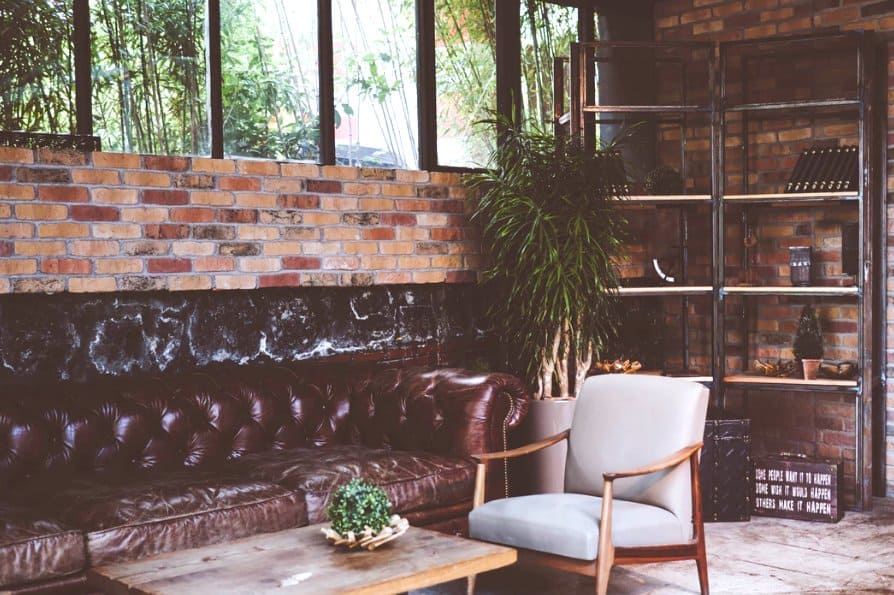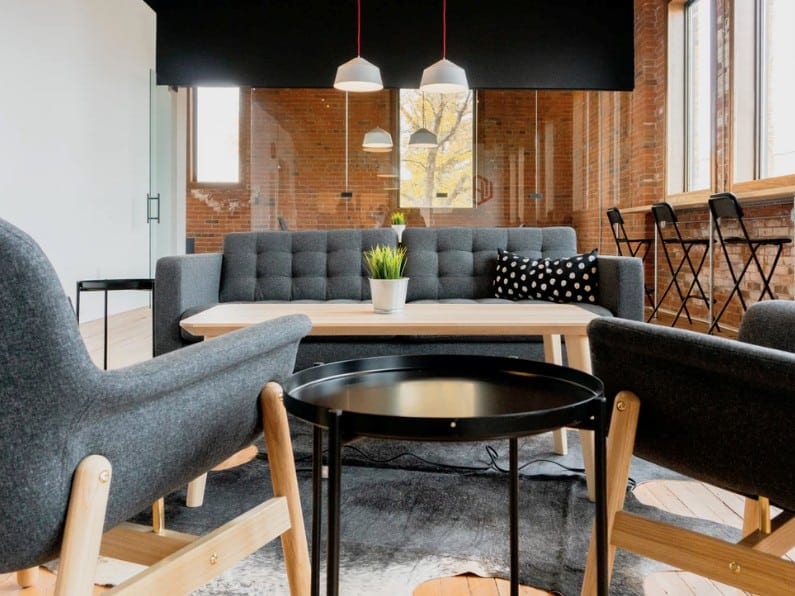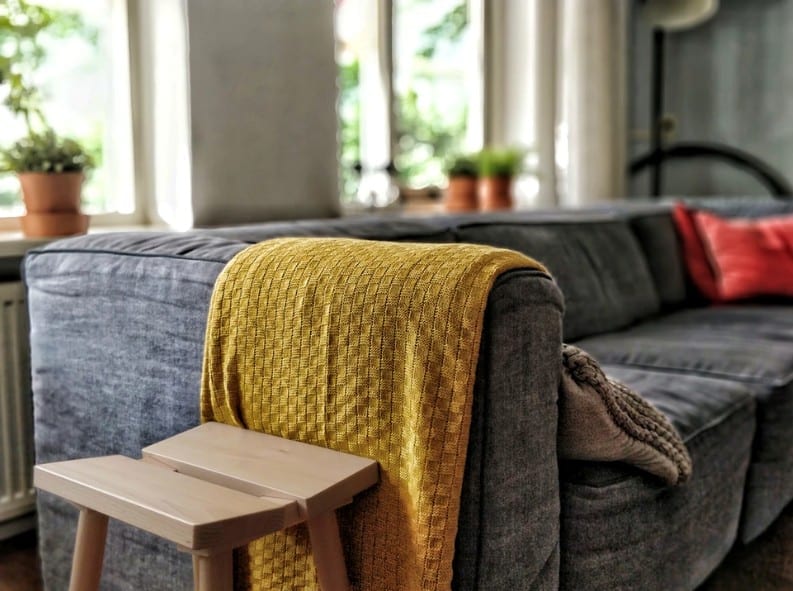For some, good interior design may seem like a ‘nice to have’ rather than an essential component of an effective workspace. Salutogenesis adopts a deeper purpose behind the décor; how do we encourage a better quality of life? How do we implement a holistic approach? How does the workplace activate health?
Salutogenesis will be the design trend to watch out for, in the same way that biophilia has been for the past few years. Before we explore why, first let’s look at the main question of: what is salutogenic design? Aaron Antonovsky coined salutogenesis. Salutogenesis is a combination of Latin and Greek. In latin, ‘Salus’ means health, and in Greek ‘genesis’ means origin. In essence, salutogenesis is the origin of health.

In 2013, Tye Farrow, Senior Partner at Farrow Partners Architects, gave a presentation to the Architectural Institute of British Columbia’s (AIBC) annual conference in Vancouver. The presentation was called ‘Designed to Thrive’ and discussed the importance of salutogenic design, and the importance it should play in architects’ minds when creating buildings of the future.

According to the American Institute of Architects’ website, there are some interesting statements, such as “it’s time for architects to consider their role in the public health debate. As licensed professionals, it’s our responsibility to watch out for the health, safety and welfare of the public. How deeply do we really think about the implications of our commitment beyond the project at hand?”

Interestingly there are many research centres looking at preventative measures of ill health, but not many that fully focus on the ways we can activate health all of the time. Gyms and nutrition centres play important roles in maintaining health outside work, but when it comes to our working environment, there hasn’t been a direct focus on ways to sustain your health and wellbeing. When we repeatedly go to the gym, that is a repetition of being in a health enhancing environment.
Even though it’s optional to go to the gym, those that do go enjoy the benefits, and everyone knows that it’s better for their physical, mental and emotional wellbeing. What if going to work had a similar effect of ‘repeatedly being in a health enhancing environment’? If we look at the basics of a ‘job’, many people are expected to be in a certain place, at a certain time, five days a week. It seems like an obvious answer is to design this ‘place’ with salutogenic design in mind – to enhance employees’ wellbeing.
Breaking it down even further, pathogenic means ‘causing disease’. Salutogenic is the opposite, and therefore ‘causes health’; a vitality focused design that encourages health to occur every single day. We need to be filling our environments with elements that accelerate health.

It is suggested that there are five vital elements to salutogenic design:
- Nature – design that is inspired by the natural world
- Authenticity – design that draws on meaningful local influences
- Variety – a range of experiences and a sense of discovery
- Vitality – regenerative space facilitates flow of people and ideas
- Legacy – design that makes a lasting contribution to health
Richard J Jackson, Professor and Chair Dept. of Environmental Health, School of Public Health, UCLA said “I had to begin to learn less about disease and a whole lot more about the embedded health in the work around me if I was to make an impact,” which encapsulates part of the salutogenic design process; we need to stop looking at disease, and look at what makes us healthy. Dr. Lester Breslow further enhances this idea by stating that “in the long run, housing may be more important than hospitals to health”.

Salutogenic design is about continuously providing spaces that encourage creativity, comfort and wellness, promoting and encouraging positive behaviour every time we go to work.
To find out how salutogenic design can be introduced in to your workspace, get in touch with Workagile or pop in to the London showroom on 16-26 Banner Street, Clerkenwell. For further design inspiration, check out the benefits of biophilic design in the workplace and the 12 elements of a thriving workplace.
